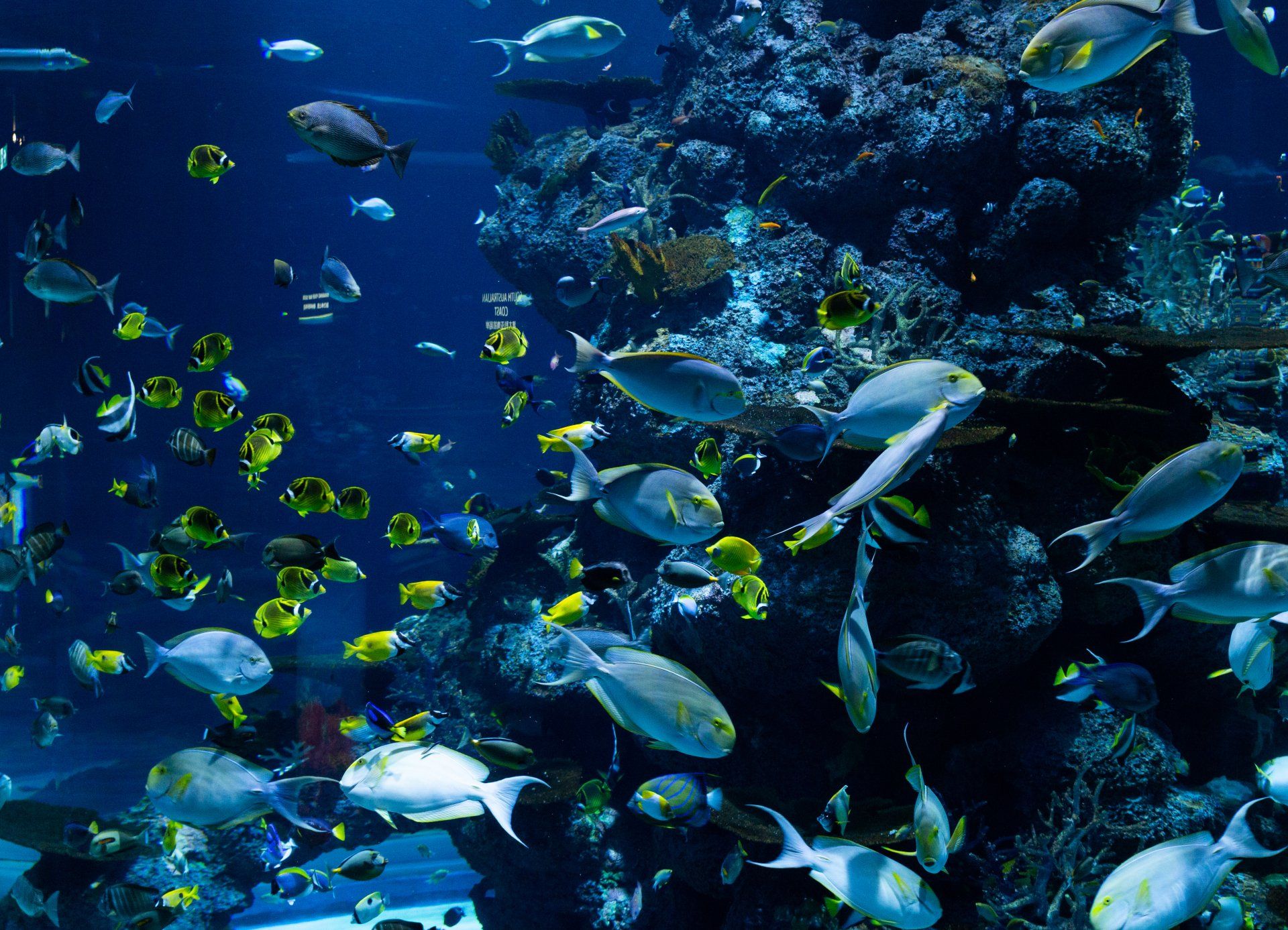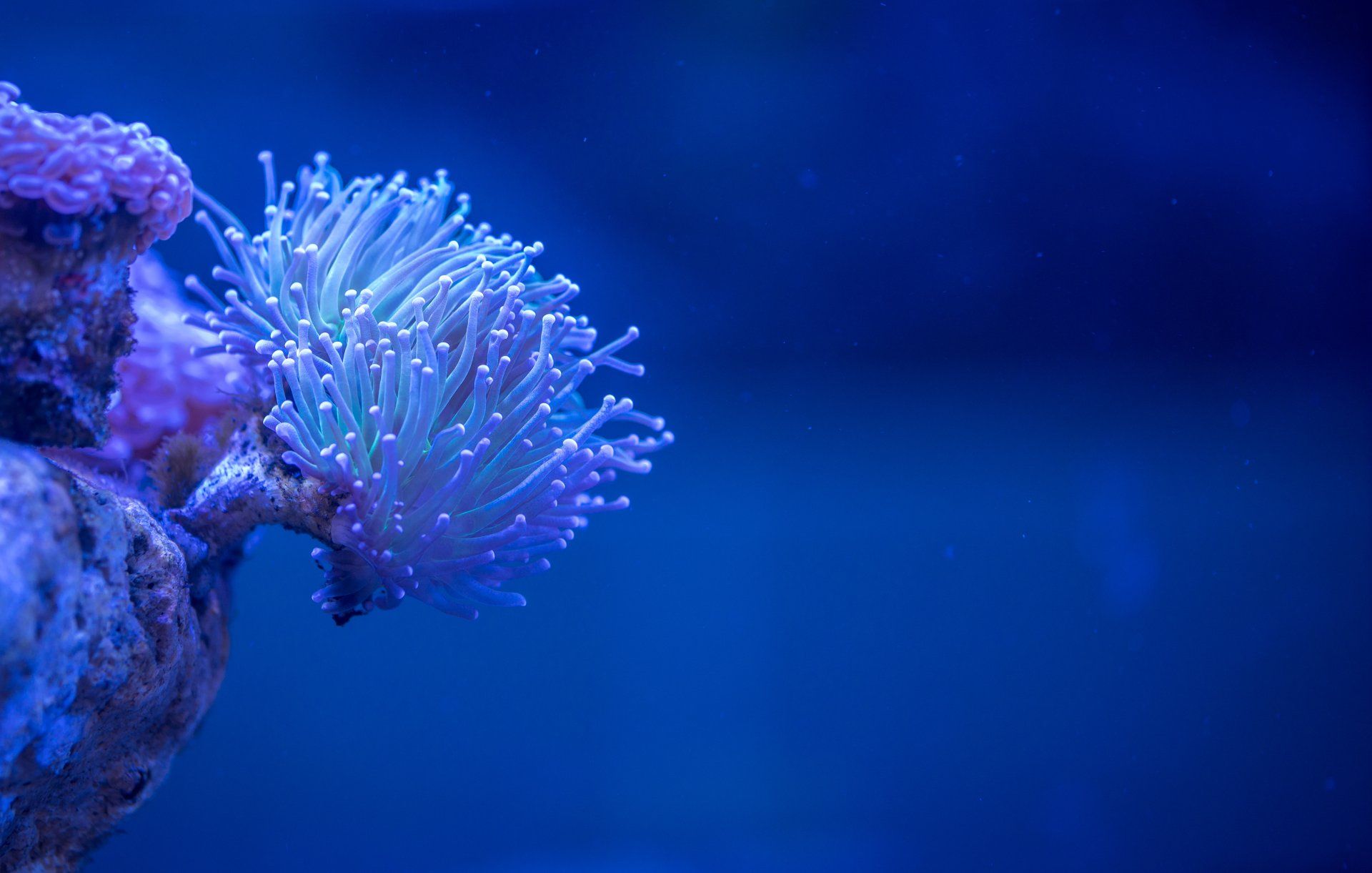Controlling High Ammonia Levels in Aquariums: Tips and Techniques
How to Solve High Ammonia Issues in Aquariums

High ammonia levels in aquariums can be a serious problem, as ammonia is toxic to fish and other aquatic life. Ammonia is produced as a result of the breakdown of fish waste and other organic matter, and while it is a natural part of the nitrogen cycle in an aquarium, high levels can be harmful or even deadly to fish.
Fortunately, there are several effective techniques and technologies available for controlling high ammonia levels in aquariums. In this article, we will explore some of the most effective methods for solving this problem, including:
- Regular water changes
- Using a protein skimmer
- Using chemical filtration media
- Adding beneficial bacteria
Regular water changes
One of the simplest and most effective ways to control high ammonia levels in an aquarium is by performing regular water changes. By replacing a portion of the water on a regular basis, you can help to dilute the concentration of ammonia and other contaminants, helping to keep levels in check. It is generally recommended to perform a water change of at least 25% every week or two.
Using a protein skimmer
Another effective method for controlling ammonia levels in an aquarium is the use of a protein skimmer. A protein skimmer is a device that removes organic matter, such as proteins and other contaminants, from the water, helping to keep the water clean and clear. Protein skimmers work by creating a stream of small air bubbles, which attract and remove organic matter from the water.
Using chemical filtration media
Another option for controlling ammonia levels in aquariums is the use of chemical filtration media, such as activated carbon or ammonia-removing pads. These types of media are designed to absorb and remove ammonia from the water, helping to keep levels in check. It is important to regularly replace chemical filtration media, as it becomes saturated over time and loses its effectiveness.
Adding beneficial bacteria
Finally, adding beneficial bacteria to the aquarium can also help to control high ammonia levels. These bacteria consume ammonia as part of their natural growth process, helping to break down and convert it into less harmful substances. Beneficial bacteria can be added to the aquarium in the form of a liquid or dry culture, and are generally easy to use and maintain.
In conclusion, high ammonia levels in aquariums can be a serious issue for fish and other aquatic life, but fortunately, there are several effective techniques and technologies available for controlling this problem. By performing regular water changes, using a protein skimmer, using chemical filtration media, and adding beneficial bacteria, you can help to keep ammonia levels in check, ensuring the health and well-being of your aquatic life.




